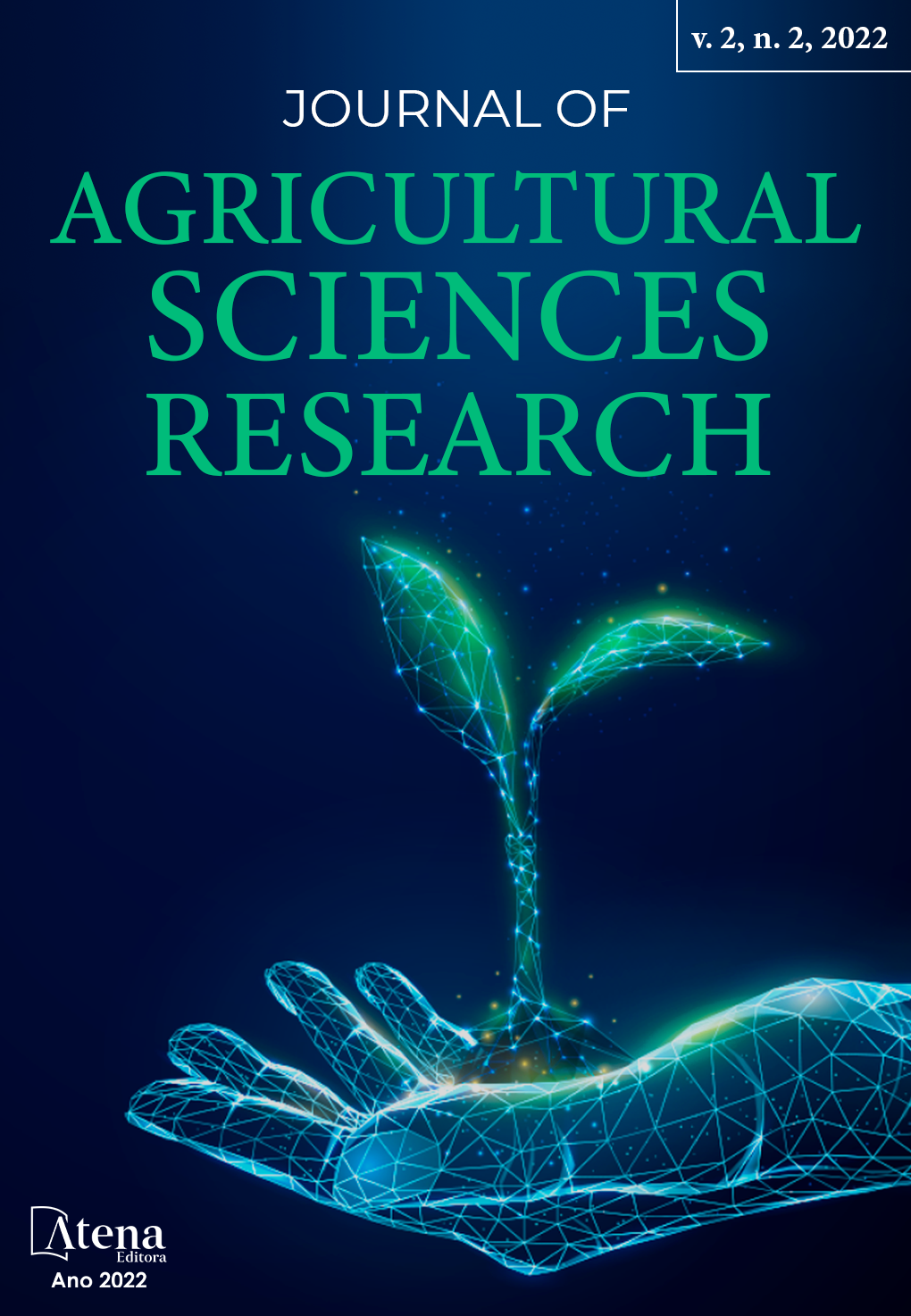
STARTER CULTURE FOR USE IN SOURDOUGH BREAD MAKING: A REVIEW
Fermentation has been used by humans since 6000 b. C. and in recentyears, natural fermentation products, such as bread, preserves, kombucha (fermentedtea) and kimchi (fermented napa cabbage) have gained notoriety for their probioticeffects on people’s health, as well as for providing different flavors, tastes and aromas. Currently, the yeast available for bakeries and bread making presents only onespecies of yeast: Saccharomyces cerevisiae. The fermentation process is importantfor the modifications on the texture and flavor of the final product. Therefore, if it is used only one species of microorganism, the final product will have the same result regarding taste and texture. The sourdough, a wild culture of bacteria and yeast has been used for homemade bread making mainly because of the final flavor that this fermentativeculture provides to bread and baking products. The problem this fermentative cultureposes for the general public is that it is not available in the market, therefore, resultingdifficult for home and professional bakers to have access to it, unless a starter culture is developed by them, a process that can take as long as seven days. Sourdough breadand baking goods present a unique set of aromas, flavors and texture not found inproducts resulting from the use of Saccharomyces cerevisiae. This article is a review approaching severaaspects of sourdough, such as how it can be established, kept andthe types of it. The elements that constitute bread and the most commonmicroorganisms found insourdough, as well as possible techniques used tolyophilize starter cultures.Lyophilization method requires the use of a cryoprotectantindispensable for the laterviability of samples.
STARTER CULTURE FOR USE IN SOURDOUGH BREAD MAKING: A REVIEW
-
DOI: .
-
Palavras-chave: Fermentation, Yeast, Levain, Saccharomyces cerevisiae.
-
Keywords: Fermentation, Yeast, Levain, Saccharomyces cerevisiae.
-
Abstract:
Fermentation has been used by humans since 6000 b. C. and in recentyears, natural fermentation products, such as bread, preserves, kombucha (fermentedtea) and kimchi (fermented napa cabbage) have gained notoriety for their probioticeffects on people’s health, as well as for providing different flavors, tastes and aromas. Currently, the yeast available for bakeries and bread making presents only onespecies of yeast: Saccharomyces cerevisiae. The fermentation process is importantfor the modifications on the texture and flavor of the final product. Therefore, if it is used only one species of microorganism, the final product will have the same result regarding taste and texture. The sourdough, a wild culture of bacteria and yeast has been used for homemade bread making mainly because of the final flavor that this fermentativeculture provides to bread and baking products. The problem this fermentative cultureposes for the general public is that it is not available in the market, therefore, resultingdifficult for home and professional bakers to have access to it, unless a starter culture is developed by them, a process that can take as long as seven days. Sourdough breadand baking goods present a unique set of aromas, flavors and texture not found inproducts resulting from the use of Saccharomyces cerevisiae. This article is a review approaching severaaspects of sourdough, such as how it can be established, kept andthe types of it. The elements that constitute bread and the most commonmicroorganisms found insourdough, as well as possible techniques used tolyophilize starter cultures.Lyophilization method requires the use of a cryoprotectantindispensable for the laterviability of samples.
-
Número de páginas: 17
- Alvaro Cesar Krieck dos Santos
- Isabella Stelle Miyasaki
- Kymberly Leite Adam
- Ligia Alves da Costa Cardoso


